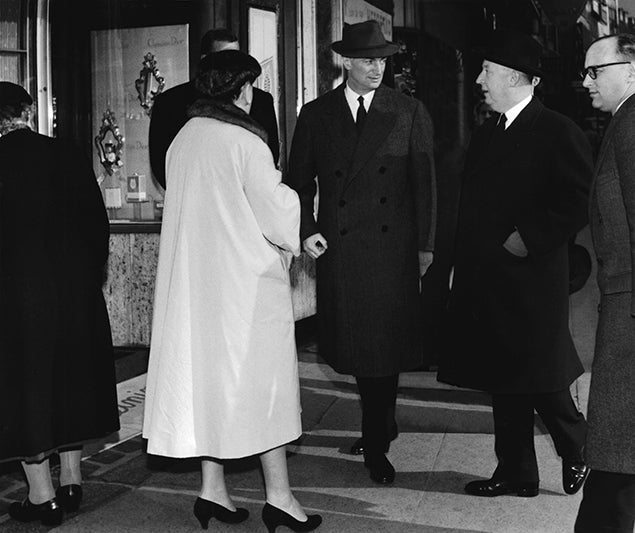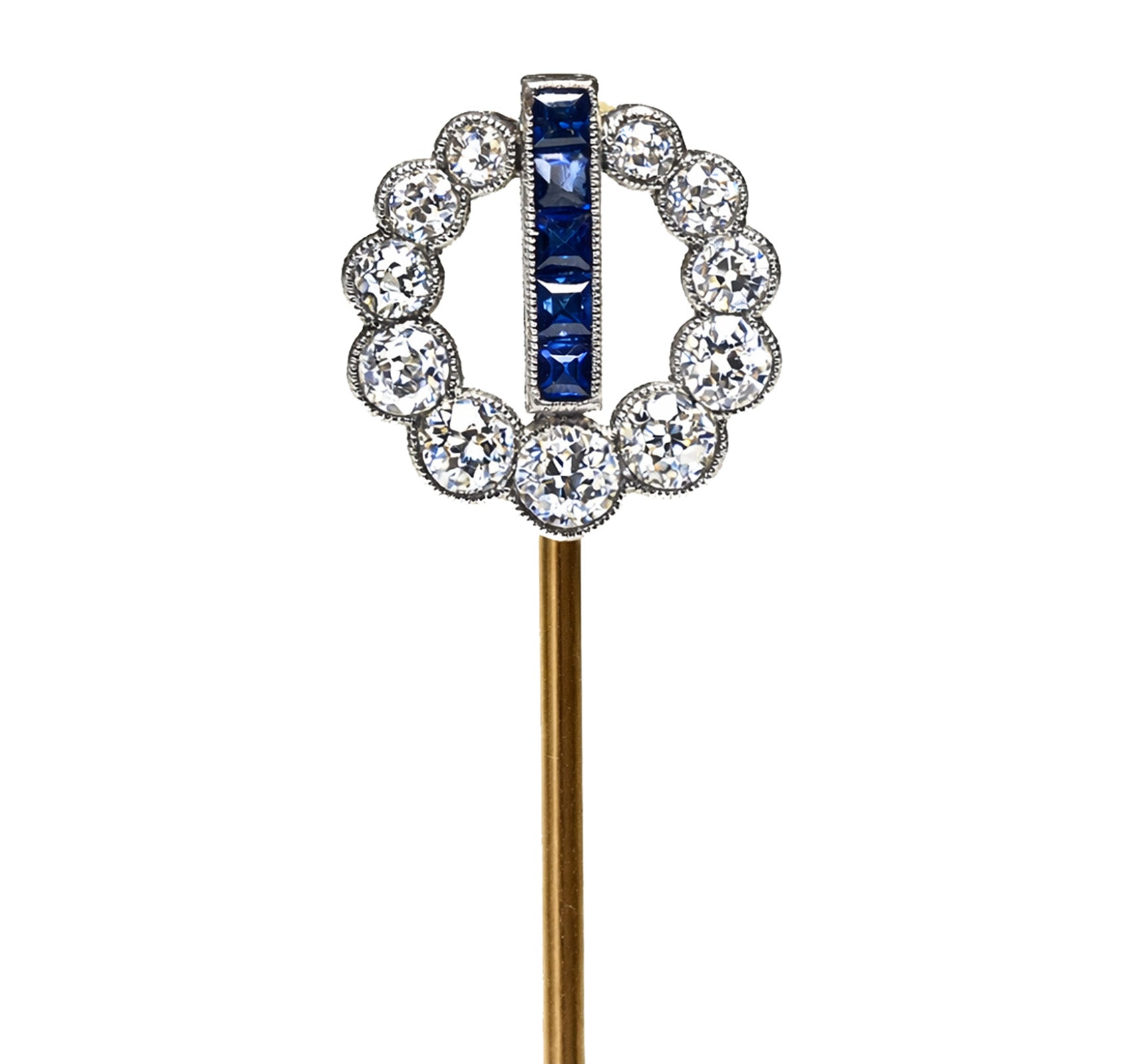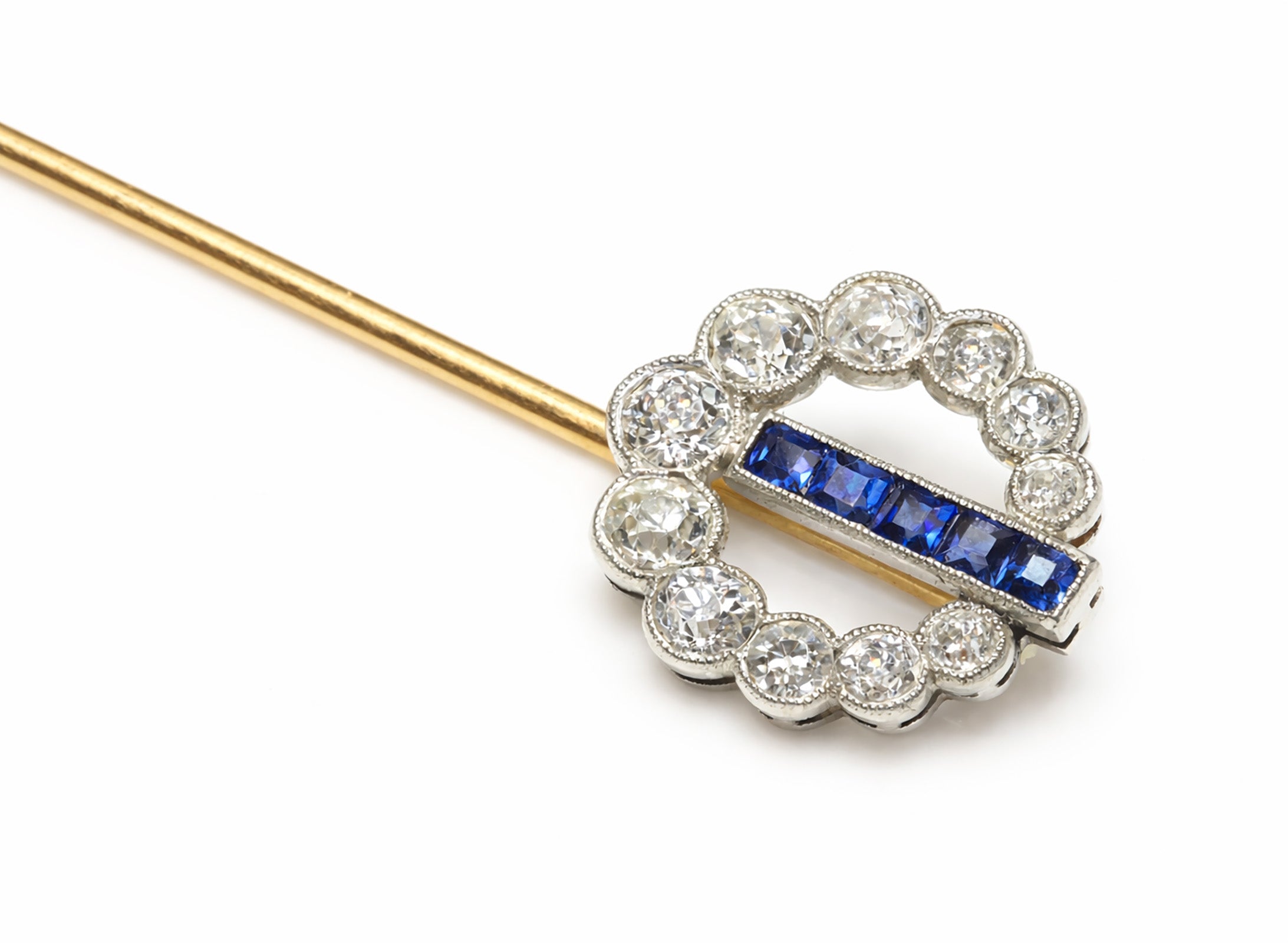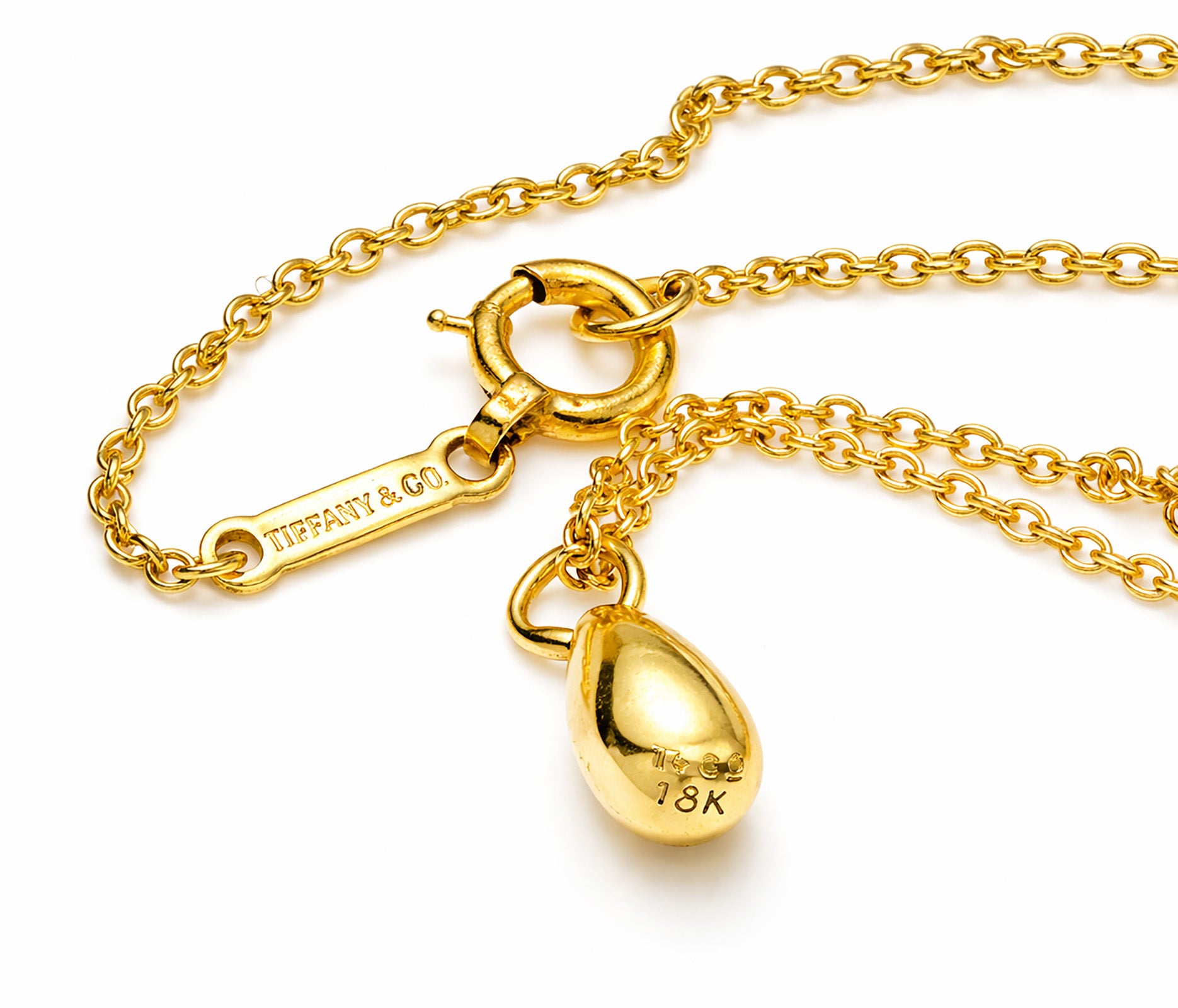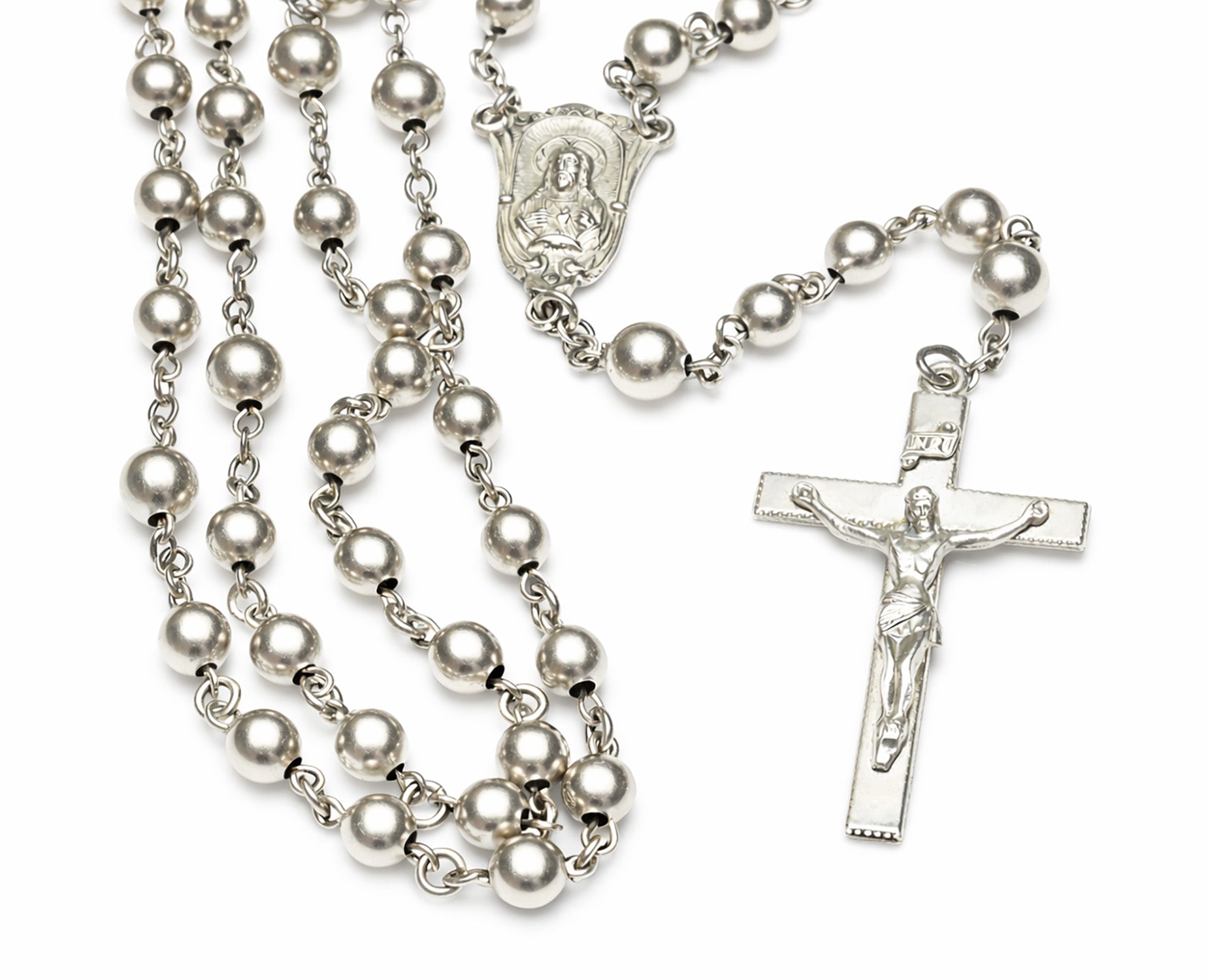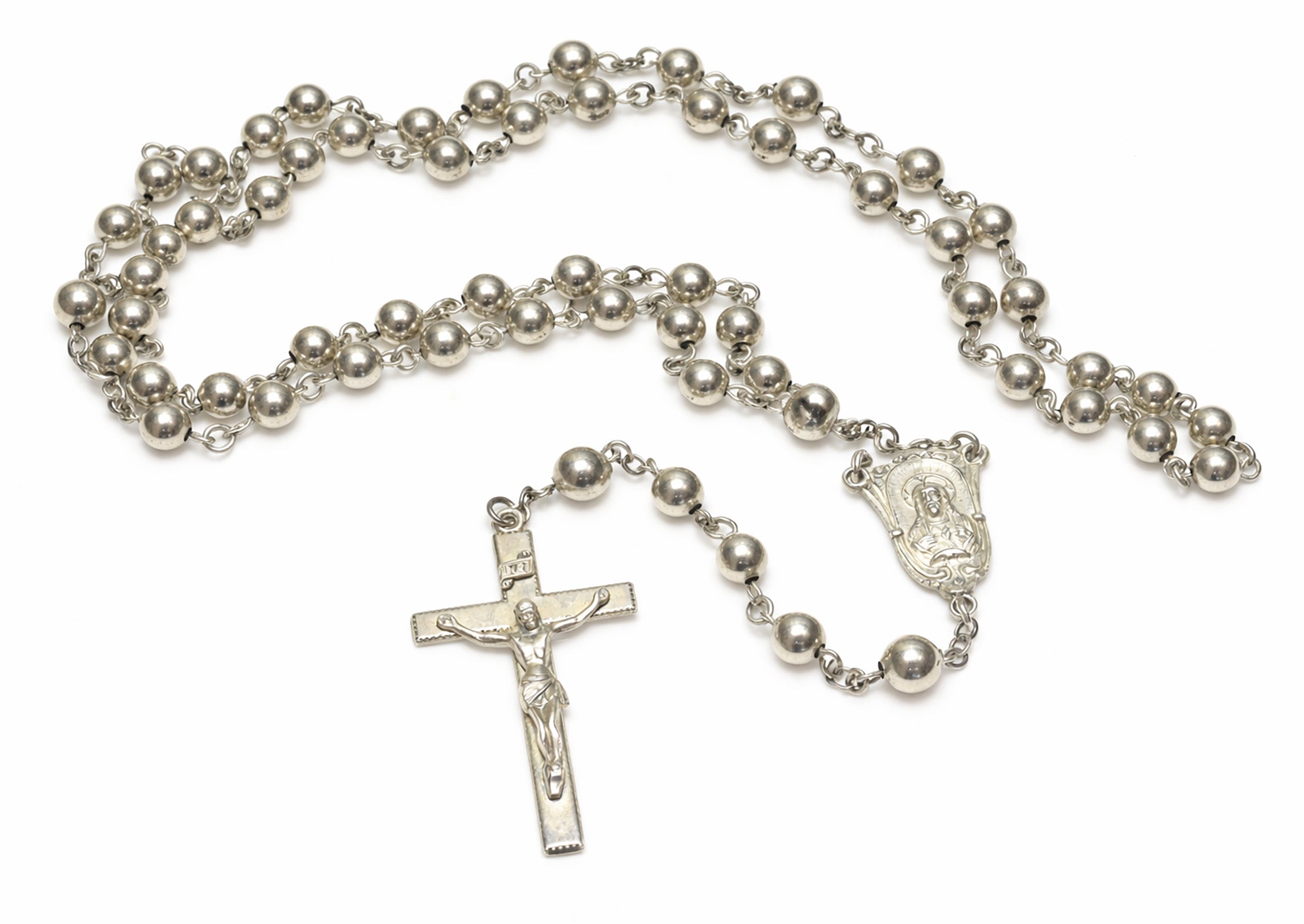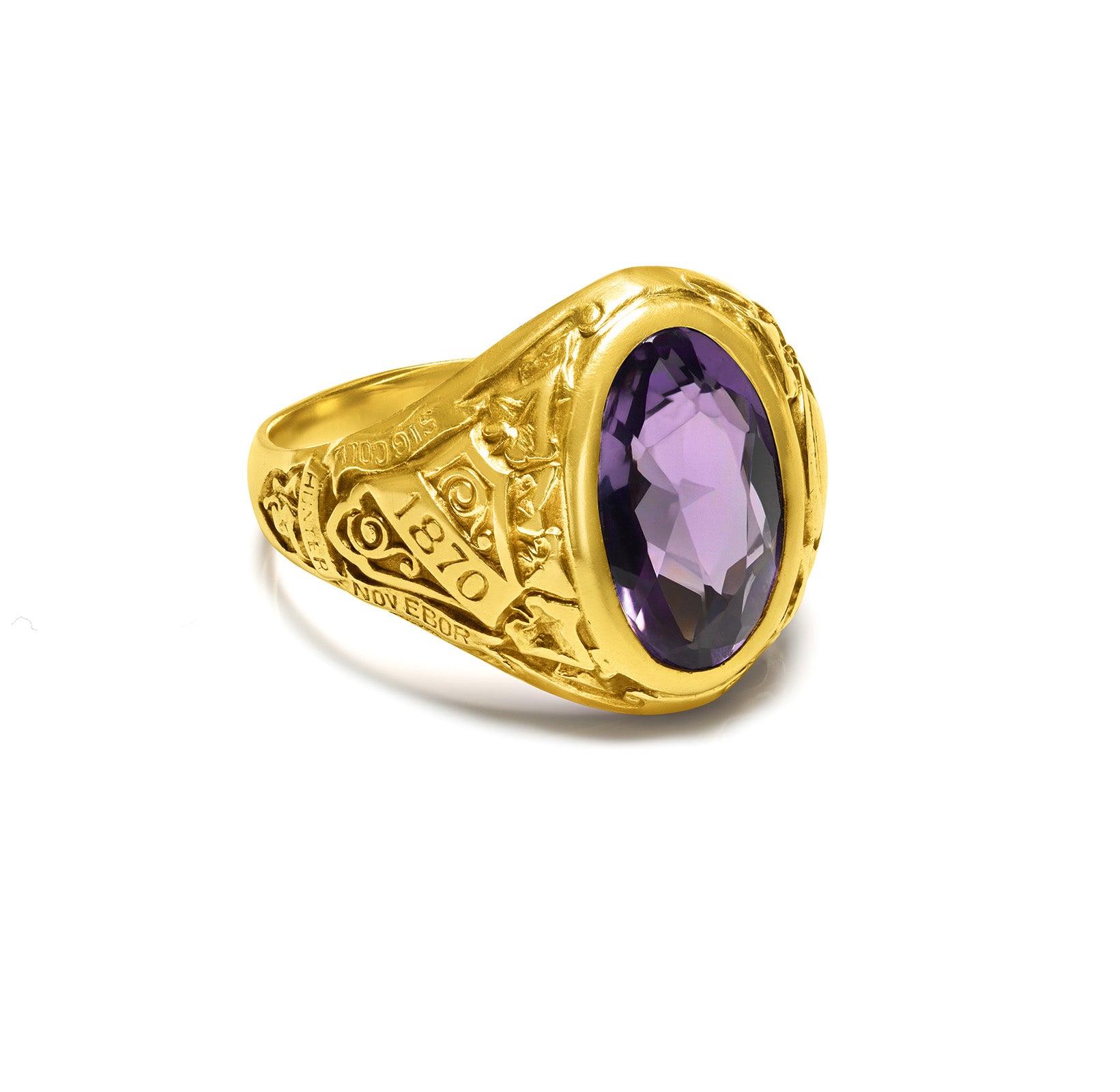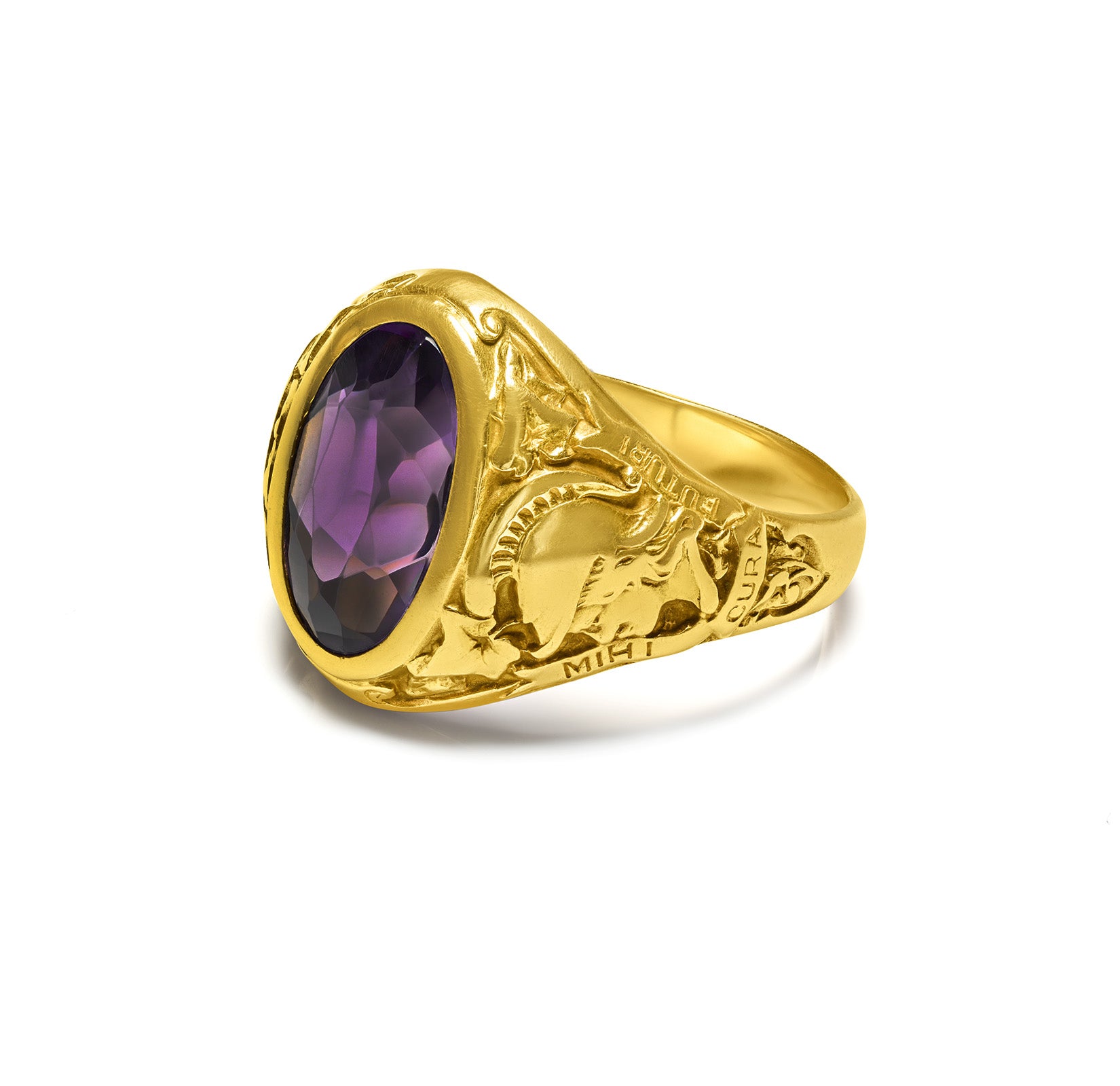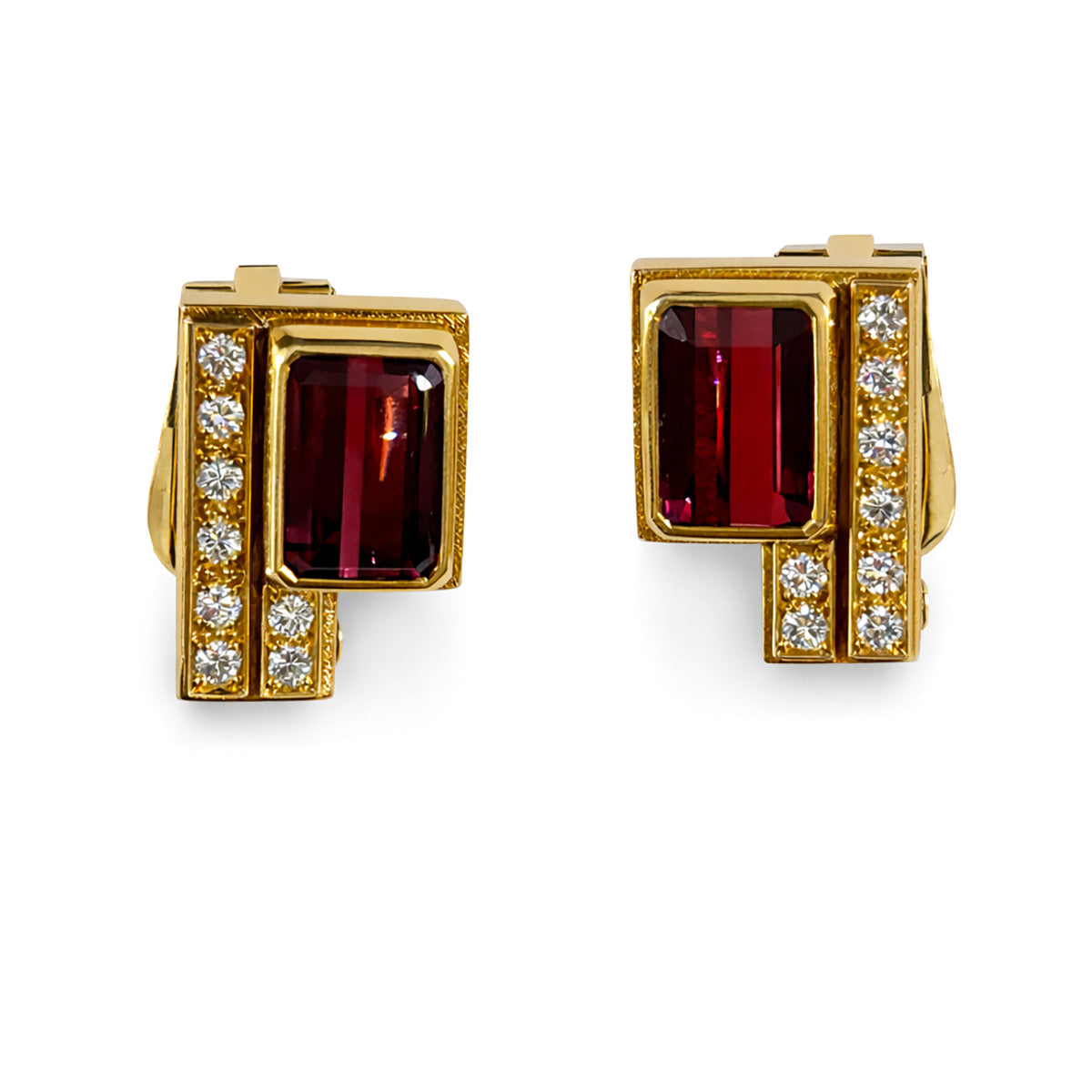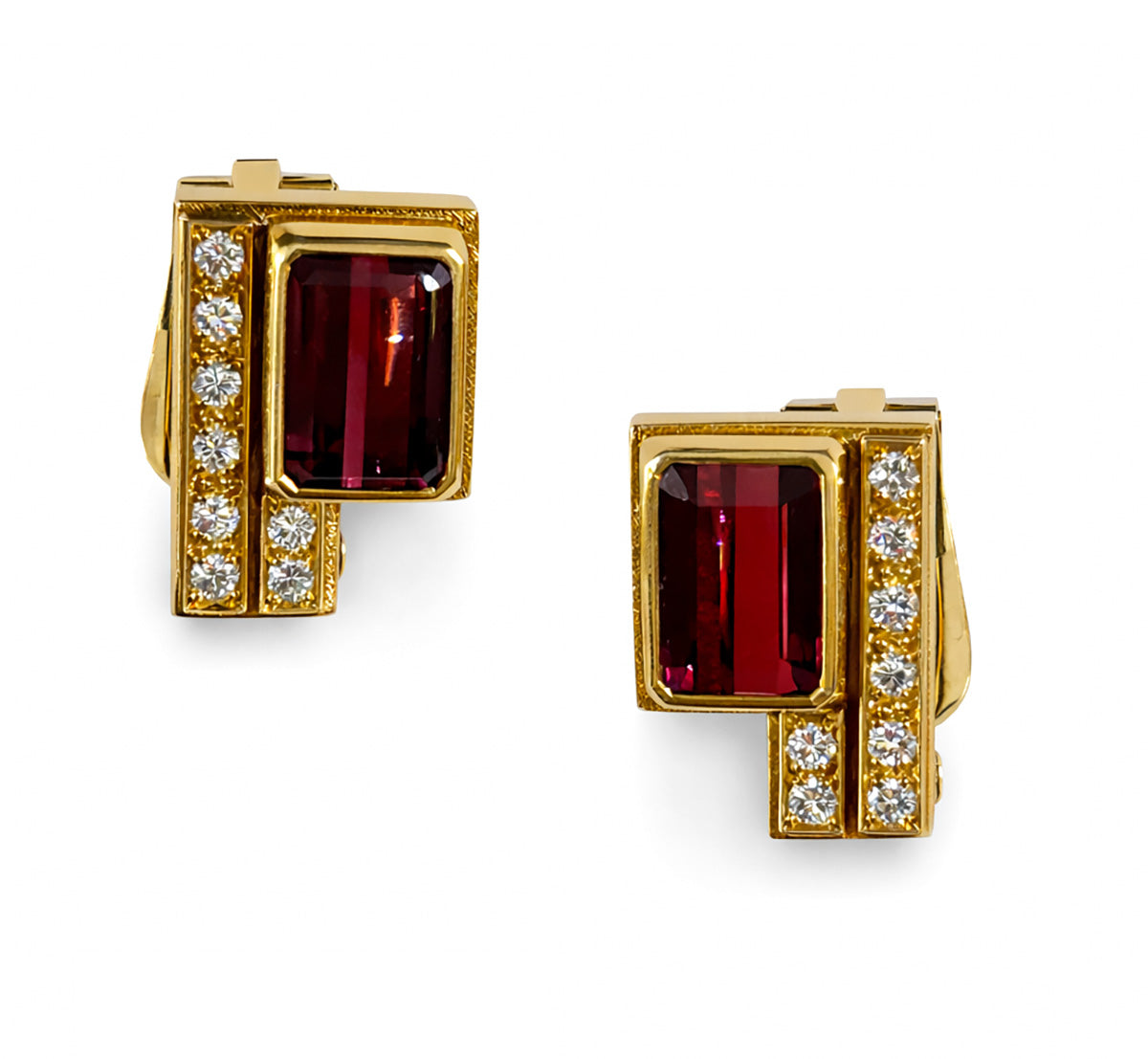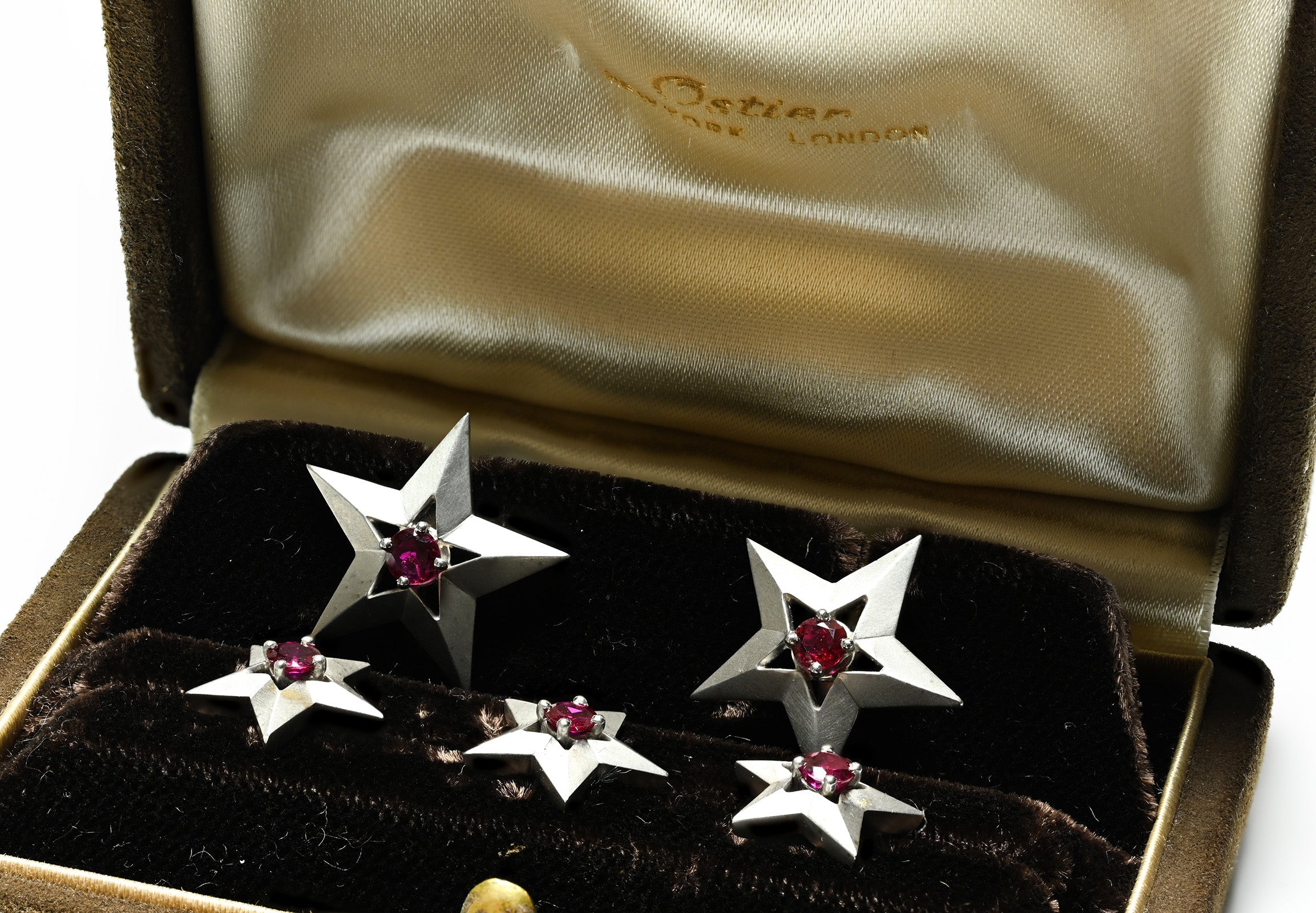
Marianne Ostier – A Story About Uniqueness, Elegance, and Vision
Marianne Ostier, an artist-turned-jeweler, was the visionary designer behind Ostier, Inc., a jewelry firm that left a lasting mark on the industry.
A recipient of numerous prestigious diamond design awards, she is celebrated for her intricate and organic textures, inspired by her artistic background.
Ostier, Inc. was among New York's elite jewelers, known for its uniquely crafted designs using precious stones.
Marianne Ostier and Her Journey
Marianne Ostier, who had already earned success as a painter and sculptor at the Vienna Academy of Arts and Crafts, brought her distinct artistic perspective to jewelry when she and her husband Oliver emigrated to the United States in 1938, setting up their studio in Manhattan's Diamond District.
Oliver, a third-generation Austrian court jeweler from the family company Oesterreicher, had long served nobility and royalty.
Their company, Ostier Inc., became renowned for its contemporary wearable art, attracting clients such as the J.C. Penney family, Ingrid Bergman, Marlene Dietrich, and other celebrities and royals.

As the company’s chief designer, Marianne (1902–1976) drew on her sculptural background to shape her unique vision.
While Marianne was the creative force, Oliver managed administrative tasks, overseeing craftspeople and liaising with international clients, strengthening their 37-year partnership built on mutual respect.
Following Oliver's death in 1967, Marianne chose to close Ostier Inc. in 1969, auctioning 400 pieces at Sotheby's and focusing on her family.
Jewels and the Woman
Marianne Ostier also authored the book "Jewels and the Woman: The Romance, Magic and Art of Feminine Adornment", published in the late 1950s. It features essays, art criticism, and historical insights, alongside practical advice on selecting jewelry to complement different skin tones, body shapes, and faces.
"Jewels and the Woman" delves into the symbolic bond between women and jewelry across time, exploring adornment as a statement of status and self-expression.
Ostier examines how jewelry has empowered women throughout history. As an expert jeweler and art historian, she brings an insightful perspective on the link between adornment and femininity.
Her research and passion make the book an invaluable resource for anyone interested in the intersection of art, fashion, and identity.
The Stones
In "Jewels and the Woman", Marianne Ostier argues that stones should not be strictly classified as precious or semi-precious, as beauty is subjective.
"Price alone cannot be the only criterion; many factors bring variety. Although 'gem of the first water' refers to flawless blue-white diamonds, large rubies and emeralds can surpass diamonds in value, and unique stones, like fire opals or imperial jade, may command comparable prices," Marianne Ostier explains.
For some, certain stones hold sentimental value, rendering them more precious than others. She notes that tradition, rather than inherent worth, often determines which stones are deemed ‘semi-precious.’
An Extraordinary Talent
Marianne Ostier's jewelry, noted for its organic textures and random mountings, reflects her artistic training. She is credited with creating skin pins, pincushion clips, and biomorphic designs that blend abstract and natural forms.
Her favorite metals were palladium and platinum, and she often worked with diamonds and pearls, as well as vibrant gemstones like amethyst, emerald, sapphire, and turquoise.
Her glamorous ear cuffs, still fashionable today, earned her one of five De Beers Diamond Awards.
Awards
Marianne Ostier’s innovative designs earned her multiple diamond awards, including the Diamond U.S.A. Award three years in a row and the Diamond International Award.
She was also the first lifetime member of the Diamonds-International Academy.
In 1966, she represented the U.S. at the Finch College Museum of Art's Art in Precious Jewellery exhibition, alongside pieces by Salvador Dali and Georges Braque, featuring top designers from ten nations.
A Wise Woman
Marianne Ostier advised that a wise woman values her jewelry without overdisplaying it.
"The 'principle of parsimony' applies here as elsewhere: unless there is an overriding reason for elaboration, the simplest means are the best. Jewels may, as we have seen, be beautiful on many parts of the body—but not on all of them at once. Each occasion, each costume, calls for separate consideration and individual selection of jewels.
It is not vanity, but common sense, for a woman to spend time before a mirror, making her own acquaintance, becoming familiar with her qualities and with the values brought out by various arrangements of her jewels.
Only by such a process, renewed frequently through the years (as jewels and features alter), can a woman command the full power of her treasure chest as a true ally to her own beauty," Marianne Ostier writes.
The Symbolism of the Necklace
According to Marianne Ostier, the necklace is the most conspicuous of adornments.
"The ear clip is more subtle because it performs a double function: it is to be noticed for its own beauty; at the same time, quietly and without advertising this aspect of its role, it helps to shape the contour of the head and to bring out a radiant glow in the countenance.
In the necklace, the importance of these functions is reversed. The jewel worn around the neck can play a part in molding the personality and enhancing its highlights—it must always be chosen with these things in mind, but its major purpose is display."
She also believed that, due to its prominence, the necklace has, since early times, symbolized high office, being worn by kings and reserved for those specially honored, such as soldiers returning from victorious campaigns.
The necklace remains part of the ceremonial regalia of priests in various religions.
According to the jeweler, the universal adoption of the necklace as an article of feminine adornment has led to its almost complete withdrawal from masculine wardrobes.
"For formal occasions, however, it is still used to designate rank or honorary station, in some variation of the wide band that goes around the neck and comes down to, or is fastened at, the belt.
For most of its uses, the necklace is donned without any sense of this long symbolic history. Yet it may not be too imaginative to find an echo of this significance in the romantic gesture with which a man places a beautiful necklace around the neck of his beloved," Marianne Ostier pointed out in her book.
Legacy
Ostier, Inc. was one of Manhattan's top jewelry houses from the late 1930s to the 1960s, producing some of the finest examples of stylish mid-century jewelry that now serve as timeless precedents for modern designs.
Although the company has long since ceased its activity, much to the regret of many, the beautiful jewelry created by Marianne Ostier and her husband remains highly sought after by collectors and admirers of beauty and elegance.
Today, Marianne Ostier is well-known among jewelry enthusiasts for her unique designs and exceptional custom craftsmanship, though she may remain unrecognized by those who only follow the industry's biggest names.


